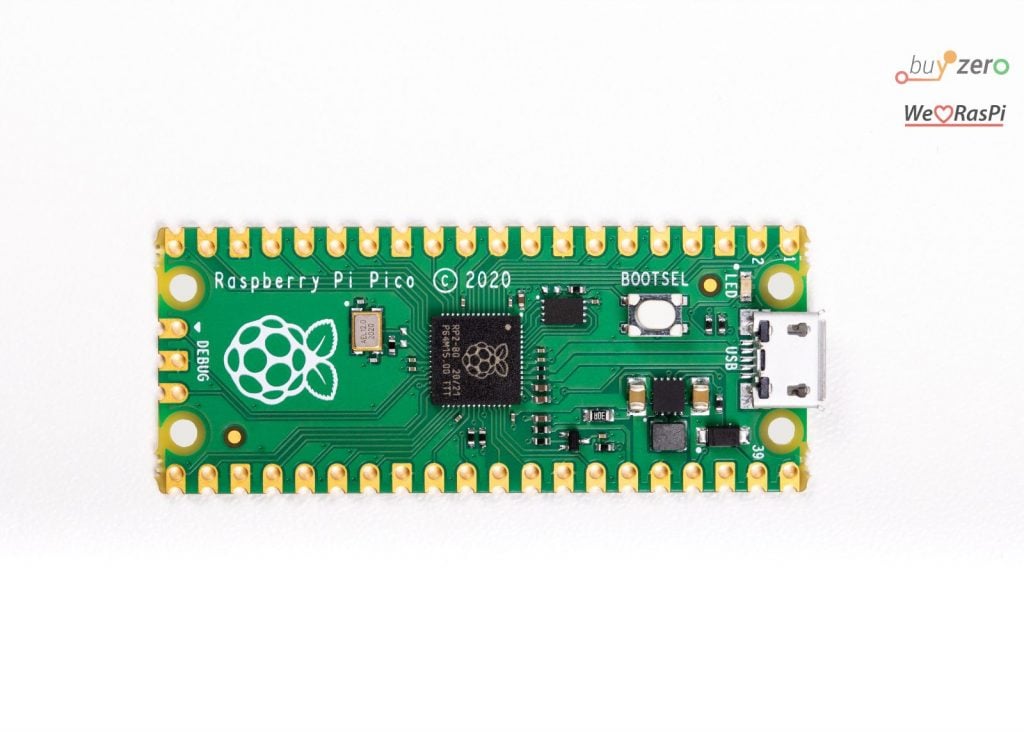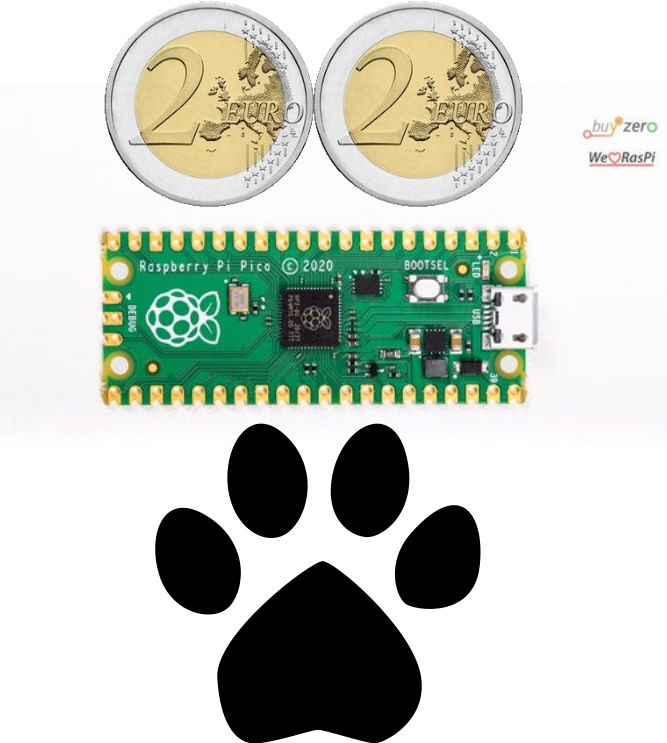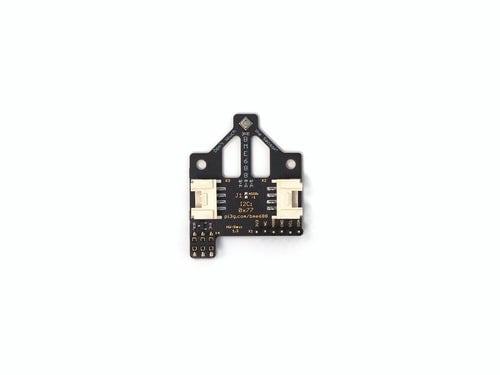10 curious Raspberry Pi Pico facts
Learn 10 exciting facts about the Raspberry Pi Pico, ranging from technical specs to fun projects.

1 Second time’s the charm
The Pico features the RP2040 microcontroller chip designed by Raspberry Pi in the UK. It contains a Dual-core Arm Cortex-M0+ processor and a flexible clock running up to 133 Mhz. Hence the Pico can run multi threaded applications.
2 Multilingual
The Pico speaks fluent C/C++, CircuitPython, and MicroPython. This means that you get the best of both worlds. Experienced programmers can harness the computing power and performance of C/C++ using the Pico SDK. Beginners can use CircuitPython or MicroPython and the Thonny IDE to easily upload their programs. For this reason, the Pico is suited for a huge variety of projects.
3 Bridging the gap
Windows users will be happy to hear that there is a Pico Setup for Windows. So if you like to use Windows instead of Linux you are taken care of. The project automates the prerequisites installation on Windows as explained in the official Getting started with Raspberry Pi Pico guide. In addition, the Installer offers to clone and build the Raspberry Pi Pico SDK for C/C++along with some related repos.
4 Picotool
Raspberry Pi created the Picotool which allows you to inspect RP2040 binaries and interact with RP2040 devices when they are in BOOTSEL mode. You can even use it to flash your UF2 binaries onto the Pico. Read the Getting started with Raspberry Pi Pico guide pages 66 and following to learn more about Picotool.
5 The power of teamwork
You can program an debug your Pico using another Pico! The picoprobe firmware (pages 58 and following) transforms your Pico into a USB to SWD and UART bridge. So if your computer has no GPIO Pins you can still interface the Pico’s SWD and UART simply by using another Pico.
6 Small footprint
With 51mm x 21mm or 10.71 cm2 the Pico’s footprint is very small. For comparison the footprint of a domestic cat is roughly 38mm x 39mm so with 14.82 cm2 it is bigger than the Pico. That means, that instead of stepping on your keyboard and deleting important emails, your cat can now destroy your entire Pico with one step.

Another way to describe how small the Pico’s footprint is, is to look at money. The 2€ coin has a diameter of 25.75mm. So the area of two 2€ coines is 10.42 cm2 which is extremely close to the 10.71 cm2 footprint of the Pico. But here is where it gets interesting. Two 2€ coines are worth 4$ just like the Pico. A coincidence?
7 Pico tells when it smells
The Pico can be used to track your Indoor Air Quality or IAQ. Pick up one of our BME688 Breakout Boards and use the BSEC library by BOSCH to measure the current temperature, air pressure, relative humidity and IAQ. You can even distinguish up to 4 different scents. That way your Pico tells you when it smells. Here is an example of the BSEC 1.4.8.0 integration with the Pico that allows you to track the IAQ. It is written in C and was tested using a BME680 Breakout Board.

8 Add a reset button
You don’t need to unplug the Pico to reset it. One of the easiest Pico projects is to set up a reset button. You don’t even have to code! All you need is a button and two wires. Connect the button to the GND and RUN pins. Then you simply push and hold the newly attached RESET button, press the BOOTSEL button, release the RESET button and then release the BOOTSEL button. Your Pico will reconnect as a USB mass storage device.
9 Unleash LiPo power
The Pico can be powered from LiPo batterys. Since it is an MCU the Pico consumes very little power. On top of that it has a low power mode. Hence many vendors sell boards that allow you to power your Pico from LiPo batteries. You can even power your Pico from a power bank similar to this article. This lets you use the Pico even in remote places. You could for example build a portable weather station out of your Pico with the same software as in fact 7.
10 Happy Birthday, Pico! 🥳
The Pico was launched 21 Jan 2021 so it’s turning one year old today. To celebrate this, here are some of the best Pico moments so far.
Featured in and on HackSpace
The HackSpace Issue 39 featured the Pico not only in some exciting articles but also on the cover. Each of the printed versions came with a free Raspberry Pi Pico. That way readers could immediately test its capabilitys and follow the examples presented in the HackSpace.
200K in 3 weeks
Although the Raspberry Pi Foundation managed to keep the Pico secret until it’s release, they sold over 200K units in the first three weeks. This success is likely due to the excellent documentation and cooperation between the Raspberry Pi Foundation and the Approved Resellers.
Family time
Shortly after it’s release the Pico received some siblings. Some of them are even smaller like the Pimoroni Tiny 2040 and some of them have a built in power supply like the Adafruit Feather RP2040. There is even an Arduino version, the Arduino Nano RP2040 Connect, which comes with Wi-Fi and BLE. The range of options is already amazingly big. But although they all look different and pack different features they are alle one family because they have one thing in common: The RP2040.